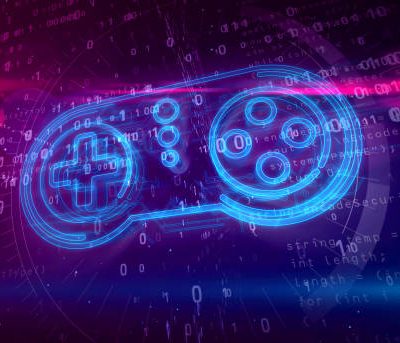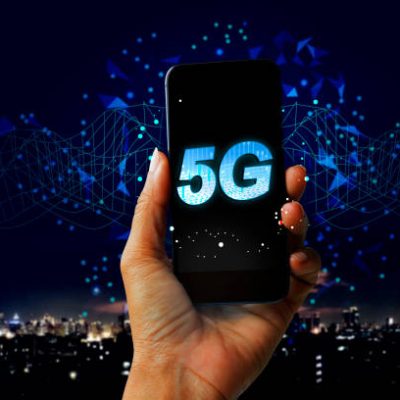5G is the fifth generation of cellular technology, designed to increase the speed and reliability of wireless networks. It’s a major upgrade from previous generations of mobile networks and promises to bring about a massive transformation in the way we live and work. In this article, we will take an in-depth look at 5G technology, its capabilities and limitations, and the impact it is expected to have on our lives.
Introduction
With the ever-increasing demand for faster and more reliable mobile data, the need for a new generation of wireless technology has become apparent. 5G technology was developed to address these needs, providing faster download and upload speeds, lower latency, and improved capacity compared to previous generations of mobile networks. It is also designed to be the backbone of the Internet of Things (IoT), enabling the seamless connection of billions of devices and the creation of smart cities and homes.
What is 5G Technology?
5G technology is a new and advanced form of wireless communication that operates on a different frequency than previous generations of mobile networks. The higher frequency allows for faster data transfer and improved network capacity, enabling a wide range of new applications and services. Additionally, 5G uses beamforming and other advanced techniques to focus the wireless signal on individual devices, reducing interference and improving reliability.
Key Features of 5G Technology
There are several key features of 5G technology that make it so exciting and impactful:
Faster Speeds
One of the most noticeable differences between 5G and previous generations of mobile networks is speed. 5G networks can provide download and upload speeds that are many times faster than previous generations, enabling faster streaming, downloading, and uploading of content.
Lower Latency
Latency is the time it takes for a device to receive a response after sending a request. With 5G, latency is significantly reduced, providing an almost instantaneous response time. This will enable new applications and services, such as augmented and virtual reality, that were not possible with previous generations of mobile networks.
Improved Network Capacity
5G networks are designed to be much more efficient and flexible than previous generations, enabling a much greater number of devices to be connected to the network at the same time. This will be particularly important for the Internet of Things, where billions of devices are expected to be connected in the coming years.
Enhanced Mobile Broadband
5G technology will also enhance mobile broadband, providing more consistent and reliable coverage even in areas with high demand. This will be particularly important in densely populated areas, where previous generations of mobile networks often struggled to keep up with demand.
Limitations of 5G Technology
While 5G technology has many exciting features and capabilities, there are also some limitations that need to be considered.
Range
One of the main limitations of 5G technology is its range. The higher frequency used by 5G networks means that the signal does not travel as far as previous generations of mobile networks. This means that more infrastructure is required to provide widespread coverage, and there are also more opportunities for interference from buildings and other obstacles.
Cost
Another limitation of 5G technology is the cost. Implementing a 5G network is a major investment, requiring the deployment of new infrastructure and the replacement of existing equipment. This is likely to be passed on to consumers in the form of higher prices for 5G services.
Impact of 5G Technology on Our Lives
5G technology is expected to have a significant impact on our lives in a number of ways:
Improved Mobile Experience
With faster speeds and lower latency, the mobile experience is set to greatly improve. This will allow for faster and more seamless streaming, downloading, and uploading of content, as well as the ability to use new and innovative applications and services, such as augmented and virtual reality.
Internet of Things
5G will play a critical role in the growth and development of the Internet of Things. With its improved network capacity and lower latency, 5G will enable the seamless connection of billions of devices, creating smart cities, homes, and businesses.
Virtual and Augmented Reality
5G technology will also drive the development and adoption of virtual and augmented reality technologies. With its low latency, 5G will enable users to experience these technologies in real time, providing an almost instantaneous response time.
Healthcare
5G technology will also have a significant impact on the healthcare industry, enabling new and innovative medical treatments and procedures. For example, telemedicine will become much more accessible and effective, allowing patients to receive medical consultations and treatments from the comfort of their own homes.
Automation and Robotics
5G will also play a key role in the development of automation and robotics, enabling the creation of smart factories, warehouses, and other industrial facilities. This will result in increased efficiency, productivity, and safety in these industries.
Conclusion
5G technology is a major upgrade from previous generations of mobile networks, bringing about faster speeds, lower latency, and improved network capacity. It is also designed to be the backbone of the Internet of Things, enabling the seamless connection of billions of devices and the creation of smart cities and homes. While there are some limitations to 5G technology, its impact on our lives is expected to be significant, bringing about new and innovative applications and services across a range of industries, from healthcare and entertainment to automation and robotics.





